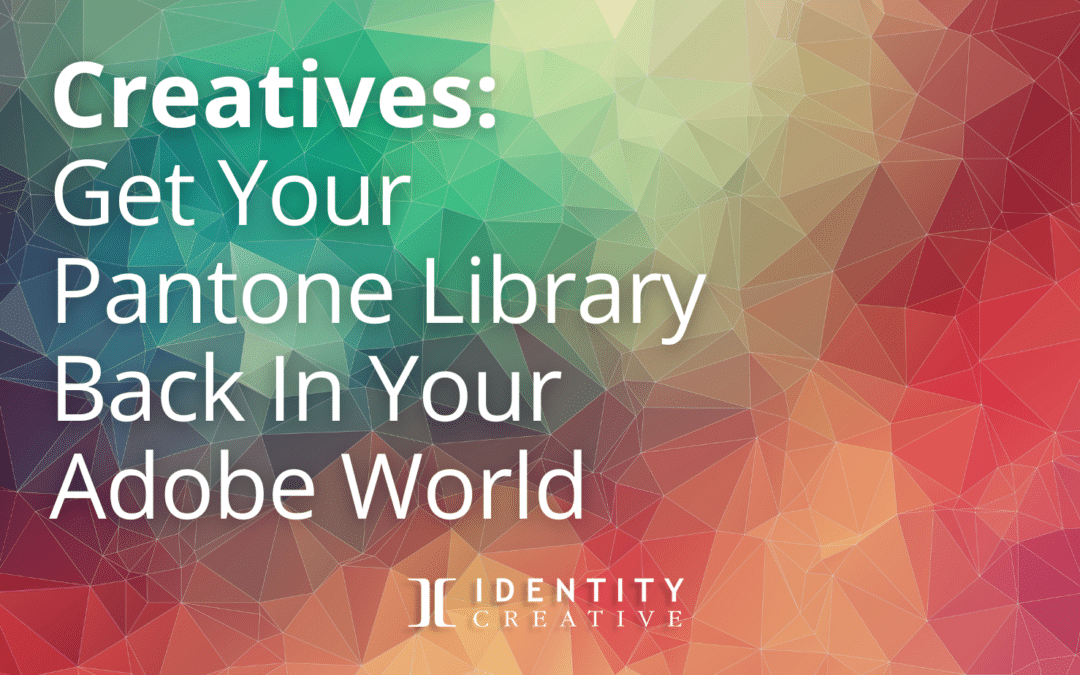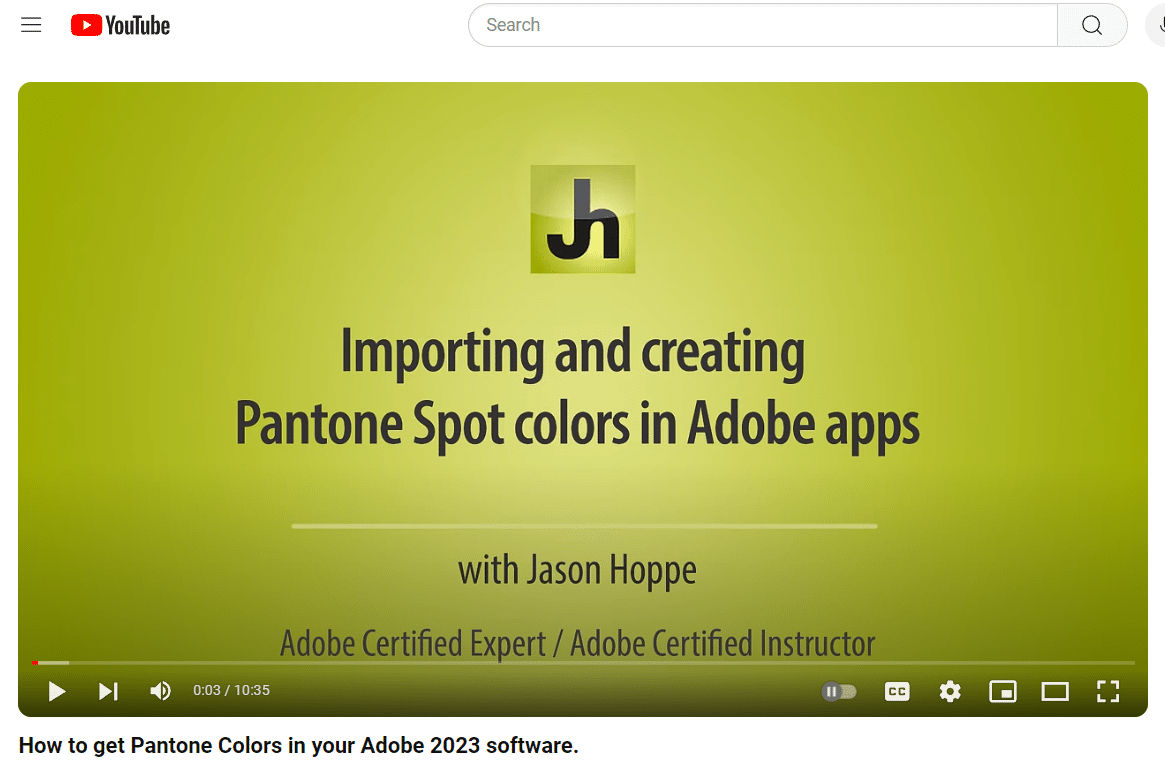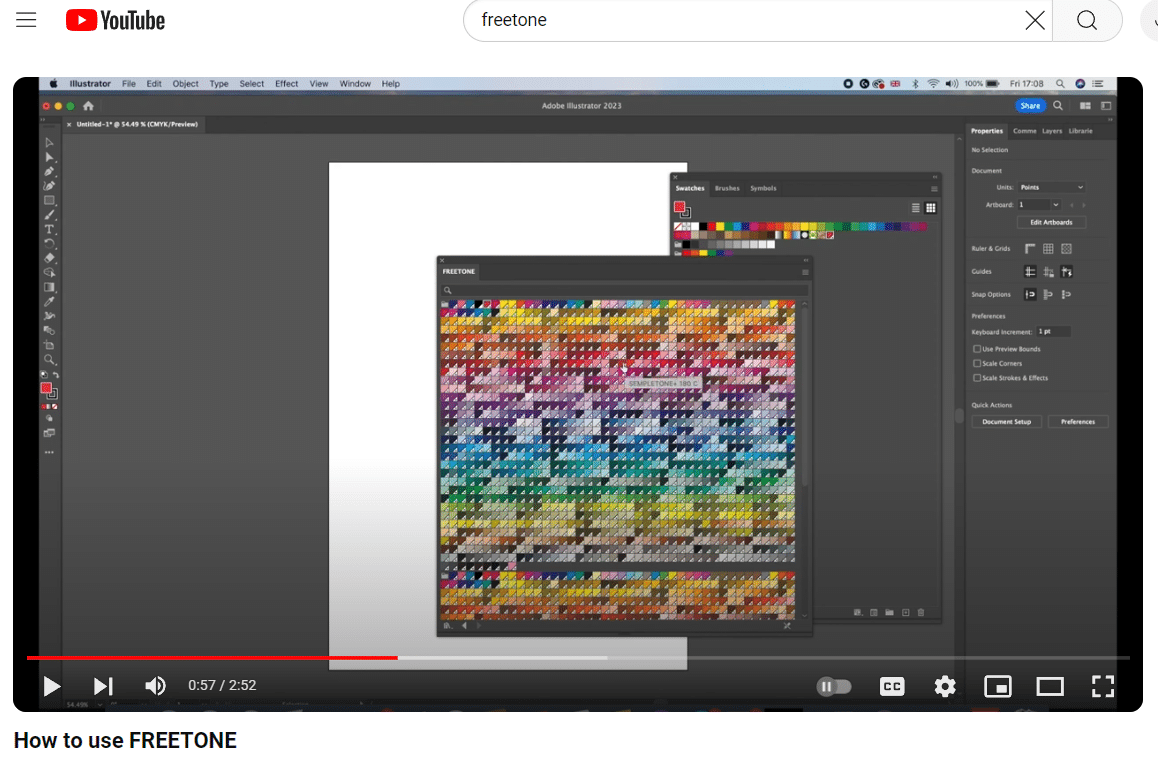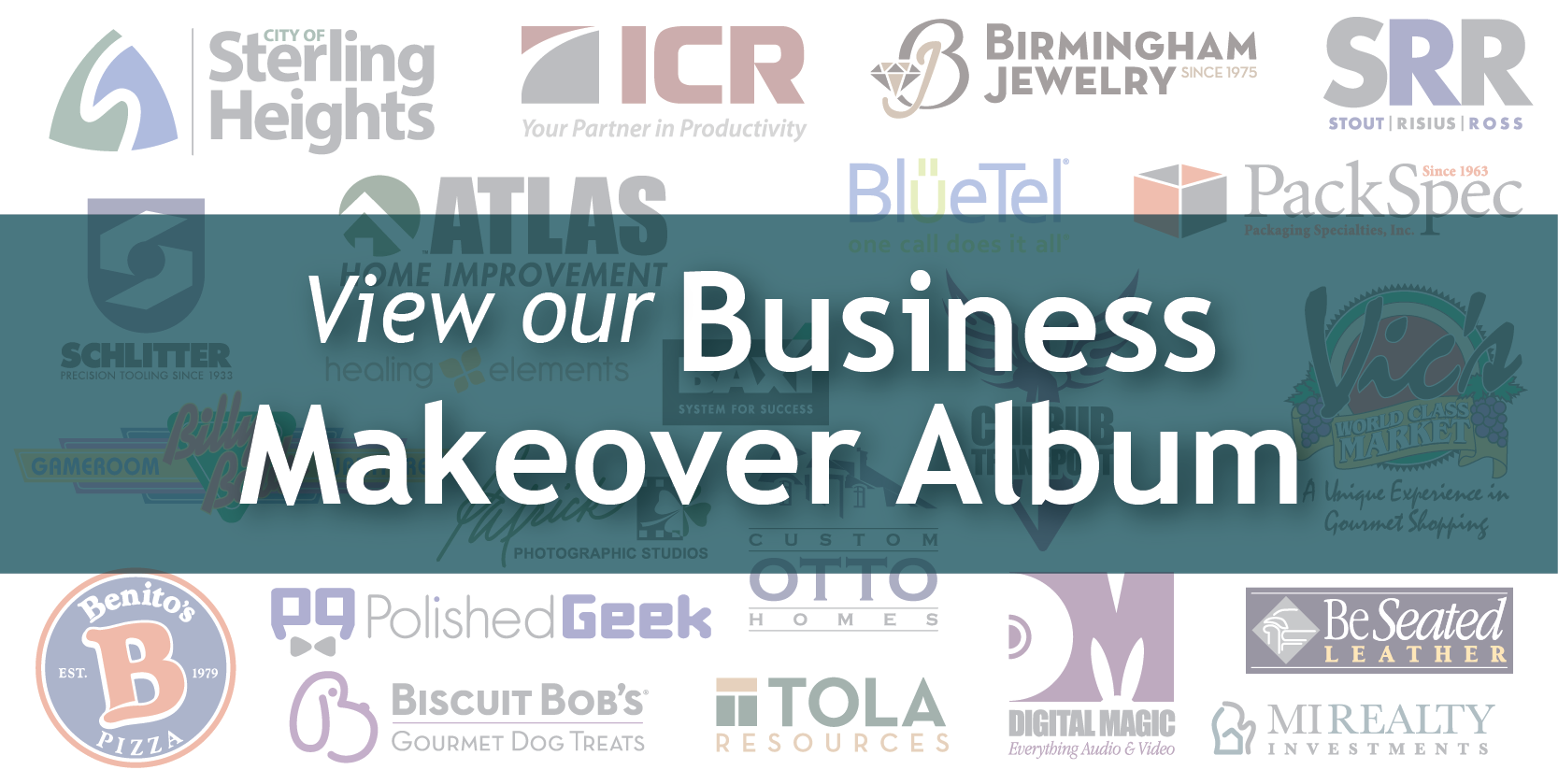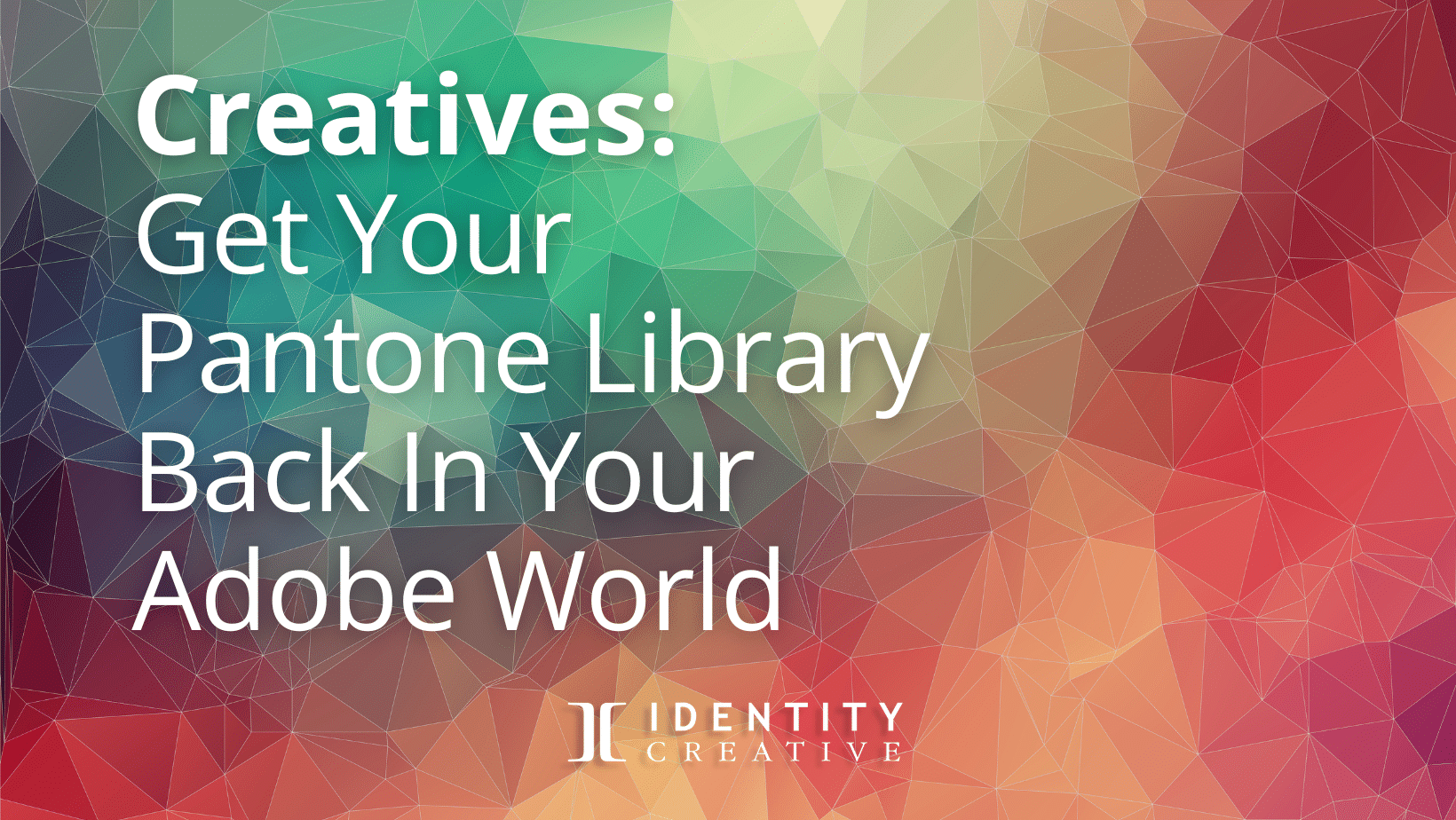
Missing: Pantone in Adobe’s Creative Suite
In 2022, Pantone phased out their pre-loaded color libraries in the Adobe Suite and introduced Pantone Connect. The Pantone library that creatives had become dependent upon would now require an additional subscription to Pantone Connect to put it back in Adobe Creative Suite.
In this post, I take a quick look at reviews of Pantone Connect, share a workaround to add the Pantone color library back in Adobe, and highlight an entirely new color system.
My Trusted Pantone Color Library
Since my early days as a designer, I have always had my trusty Pantone Color Bridge Guides at my side. In the 1960’s, Pantone set the color standard worldwide, and I’ve used it since the pre-digital era. It’s always been my go-to for reliable, consistent color selection. I go into more detail about using the PMS Color Bridge to achieve brand consistency here.
I’ve had the good fortune of building a creative branding agency and watching it flourish. These days, I mentor designers more than I do design work, but every now and then, I enjoy diving into Adobe’s Creative Suite.
Pantone Shifts to Pantone Connect
But in 2022, Pantone decided to shake things up by moving their color books to a digital subscription called “Pantone Connect.” They also ended their long-standing partnership with Adobe, meaning that the Pantone Color Library once included in our Adobe subscriptions, now comes with an extra price tag. Naturally, this didn’t sit well with many Adobe subscribers.
In my frustration, I searched for and found a couple of workarounds for designers that were worth the look.
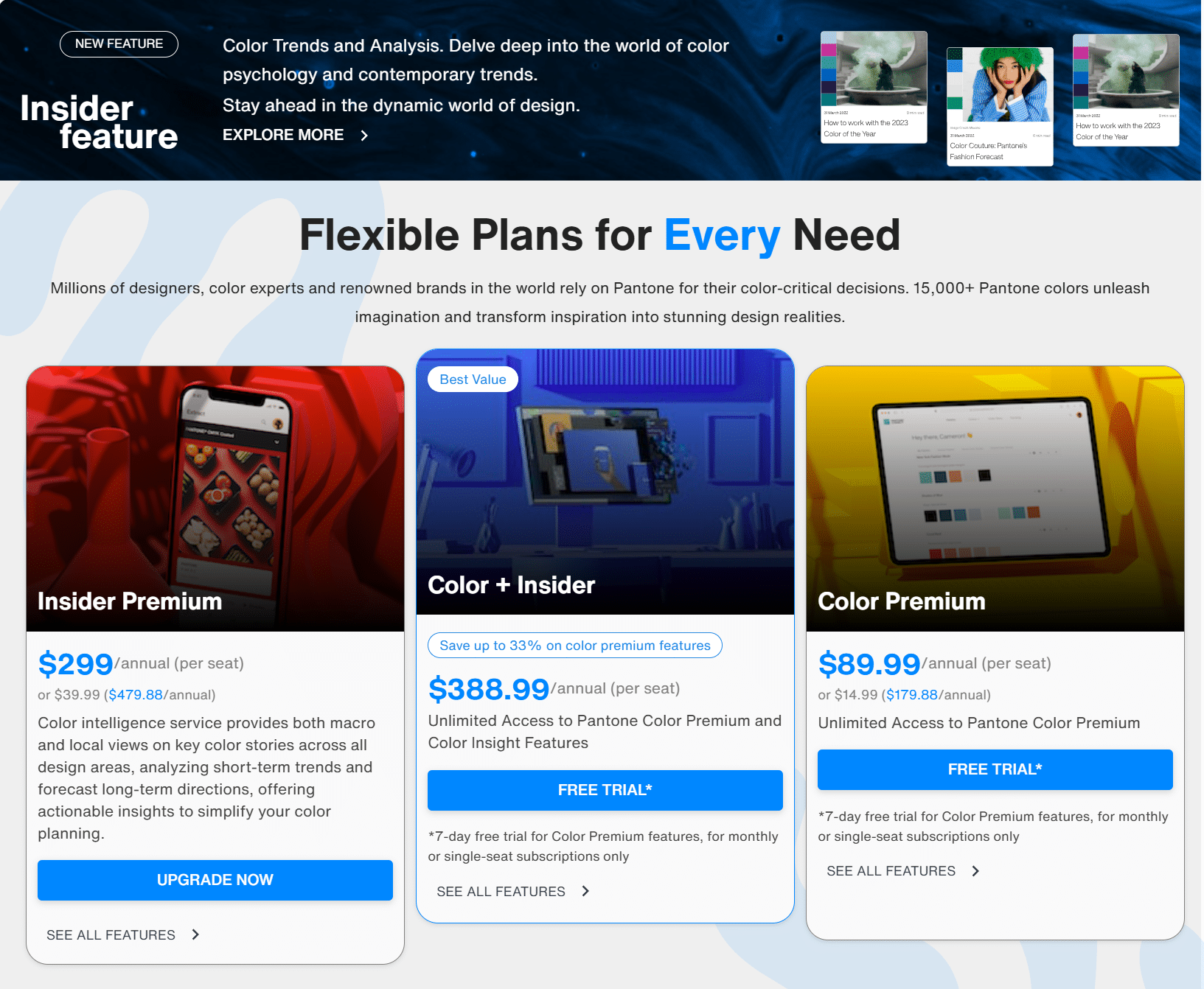
Mixed Reviews and Growing Frustrations with Adobe Connect
The reviews for Pantone Connect were mixed—many users were frustrated, especially after already sinking a small fortune into physical Pantone books. On top of their Adobe subscription, Pantone requires Adobe subscribers to pay more for something that used to be included. In 2024, Pantone Connect subscriptions cost businesses $14.99 per month or $89.99 per year. As for functionality? Some users say the extension is about as reliable as a flip phone in a dead zone—crashes, refusal to load. The free plugin also seems to fall short of actually doing what it should.
Finding a Pantone Connect Workaround
Since I’m not one to jump on new trends, waste money, or embrace fresh frustrations, I searched for a workaround. After some sleuthing, I found Jason Hoppe’s solution to bring my trusted PMS Color Library back into my workflow.
Jason Hoppe provides straightforward instructions on adding the “Coated Pantone Color Book” to your 2024 version of Adobe Illustrator. You can apply these steps easily to InDesign and Photoshop.
A Color Library Alternative: Freetone by Stuart Semple
And here’s a kicker! British artist Stuart Semple of Culture Hustle decided to take matters into his own hands and developed his Freetone color system, closely aligned with Pantone. He’s coded 1,280 colors, 500 shy of Pantone.
In this video, he offers a free ASE file download that lets you add his Freetone color library to your swatches, provides a link to the plug-in, and explains how to install it.
How have you approached Pantone’s break from Adobe?
It almost seems that Pantone may have opened Pandora’s Box by breaking with Adobe. Your options are growing, and people are finding other color solutions. Adobe has introduced Adobe Color, and we’ll see how it takes off.
I’m not at a place in my career where I want to learn a new color system. What about you? Have you had success with Pantone Connect? I’d love to hear how other designers are working with color, and I welcome your feedback in the comments below!
Here’s to your design success!

